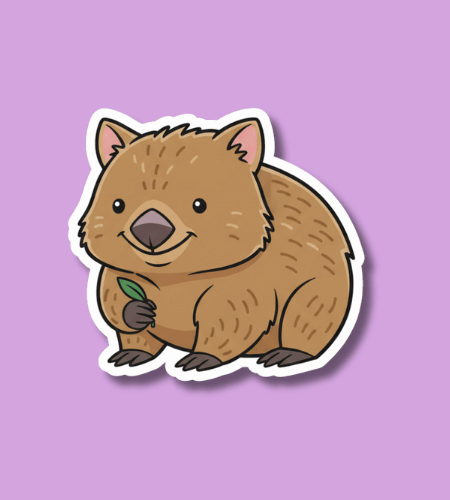Wombat Day is celebrated every year on October 22. This delightful day invites us to spotlight the curious and underrated marsupials known as wombats, and to reflect on the role they play in our world.
Table of Contents
History of Wombat Day
The observance of Wombat Day began in 2005, when Chris Mabe established the day to give wombats their share of the spotlight and raise awareness about them. The date October 22 was chosen because it aligns with the spring-planting season in Australia, when wombats are especially active and more visible. Since then, it has grown into a global nod to these burrowing creatures and the habitats they inhabit.
Over the years, the celebration has taken on a life of its own, especially among animal enthusiasts and educators. The idea was not only to highlight the wombat’s ecological role, but also to inspire fun and curiosity about an animal many people had barely heard of. Wombat Day is quirky, yes—but it’s also about recognizing how important even the most humble creatures are in the grander ecological picture.
Why is Wombat Day important?
When I think about Wombat Day, I’m drawn to how often we celebrate the flashy, big-ticket animals—tigers, elephants, polar bears—and yet species like the wombat quietly do their work under the radar. Wombat Day gives a chance to say: this animal matters, too. It’s a reminder that biodiversity isn’t just about the obvious icons, but also the “underground engineers” and unsung participants in ecosystems.
On top of that, for people who live in human-dominated landscapes, wombats represent something near to home: resilience, digging in where they belong, making a home for themselves despite challenges. Observing this day invites us to consider habitat loss, human impact, and what we can do—even in small ways—to respect species we share this planet with.
- It draws attention to wombats and their often-overlooked ecological role
- It invites curiosity and learning, especially about less-famous animals
- It encourages respect and conservation for habitats beyond the obvious
- It gives an accessible entry point for people to care about wildlife
- It reminds us that every creature, big or small, has value and a story
How to Celebrate Wombat Day
Celebration doesn’t need to be grand. You might simply gather some fun facts about wombats, share them with friends, or plan a visit (virtually or in person) to learn more about their lives underground. If you live in an area with wildlife or nature-centered organisations, you might support a local cause that helps habitat conservation.
Another idea: incorporate the spirit of this day into your daily life. Maybe by doing a little extra to protect your local green space or by reflecting on animals we seldom think about. And if you’re with children or friends, a small creative activity—drawing a wombat, making a little “wombat-burrow” craft, or baking something simple—can turn learning into fun and connection.
- Look up and learn three new things about wombats and share them
- Visit a zoo, sanctuary or an online live cam to see wombats in action
- Do a small act of habitat kindness (e.g., pick up litter in a green area)
- Create a wombat-themed art piece or treat with friends or kids
- Donate or volunteer to a wildlife or habitat conservation group
Wombat Day Dates Table
| Year | Date | Day |
|---|---|---|
| 2025 | October 22 | Wednesday |
| 2026 | October 22 | Thursday |
| 2027 | October 22 | Friday |
| 2028 | October 22 | Sunday |
| 2029 | October 22 | Monday |
Subscribe to our newsletter and never miss a holiday again!

